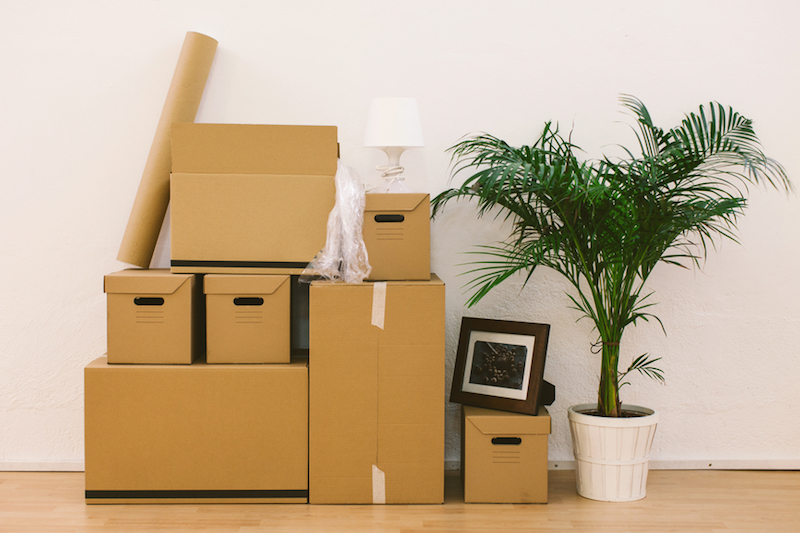
How to Safely Move During Quarantine
Coronavirus has undoubtedly had a significant impact on our day-to-day lives. It has affected everything from how kids are learning to how we do our jobs and complete once-basic tasks like grocery shopping. We’ve put a lot on hold, but there are some things that absolutely cannot wait. So, what do you do if you have to move during the pandemic?
We’ve outlined all of the steps you need to take to make your move as safe as possible.
Purchase New Packing Supplies
According to USA Today, coronavirus can live for up to 24 hours on cardboard, so play it safe by ordering new boxes and supplies from Home Depot or U-Haul. UBoxes.com even helps you build your own moving kit, which comes with various box sizes, heavy duty tape, bubble wrap, and textile blankets, among other necessary supplies. You can also rely on suitcases, laundry baskets, and reusable grocery bags to transport your belongings.
Minimize Contact
When it came to moving before the pandemic, you could easily tempt friends to help you pack and schlep boxes with the promise of pizza and drinks. Nowadays, it’s important that you tackle your move with as few people possible to avoid unnecessary contact with each other and your belongings. Try to pack and move as much of your stuff on your own, saving the largest and heaviest items for movers. And if you are moving to or from a multi-unit residential building, ask building management about their policy on reserving elevators so that you can limit contact with neighbors.
Check In With Movers
Movers are considered essential, so should you need them, check on your chosen business’ current operating procedures. Ask them if they are sanitizing their truck(s) before and after moves and inquire about any additional safety precautions employees are taking, such as wearing personal protective equipment (PPE) to slow the spread of the virus.
If you have to be physically present for the move and are not able to supervise via video chat, make sure you maintain six feet between each other. You can also minimize contact by turning on lights and opening all doors, cabinets, and gates ahead of time.
Put Boxes and Packed Belongings In One Area
Limit the contact movers have with your home by placing all of your packed items and smaller furniture in a low traffic room or garage. This will keep any potential germs confined to one area of the home, making it safer and easier to clean and disinfect. If your movers must go into other rooms to pick up larger objects, be sure to clean those areas before and after they enter.
Get Your Sanitizing Materials Ready
When move-in day has arrived, you should be armed with sanitizing materials and enough personal protective equipment for everyone involved. Have hand soap stocked at both locations and hand sanitizer for any contact that’s made along the way. Disinfectant should be used to lightly spray boxes before and after the move as well as any objects (car doors, doorknobs, elevator buttons, and light switches) or surfaces (counter tops, toilets, faucets, and sinks) that are touched.
Deep Clean Your New Digs
Before you move your belongings into your new home, be sure to deep clean every room. The CDC recommends wearing disposable gloves while you clean, throwing them out after each use and washing your hands immediately after the gloves are removed. If you are not able to find or purchase household disinfecting sprays and wipes at the store, you can make your own using bleach and water.
Wait To Unpack
Just as you put your items in one low traffic area when you moved out, you’ll want your movers to take a similar approach when you move in. Confine items to the garage or one room of your home and then be sure to disinfect and wipe everything down. You are advised to wait at least 24 hours to open the boxes, so pack an overnight bag with your essentials separately!





